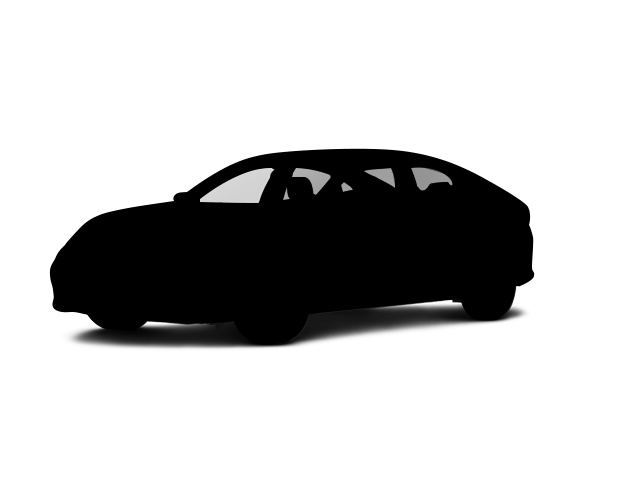© 1999 - 2025Advanta-STAR Automotive Research, all rights reserved. This vehicle comparison and all of the content in it are provided only by license from Advanta-STAR Automotive Research Corporation of America (“Advanta-STAR”). If you are not a legally licensed user of this vehicle comparison, it is against federal law to access it, copy it, forward it, or use it in any manner whatsoever. Any unauthorized use of this vehicle comparison is a violation of U.S. and international law and is punishable criminally and civilly. Removal of this watermark/notification without prior written license and approval received from Advanta-STAR is an agreement, understanding, and/or stipulation by the person(s), entities, agents, attorneys, and any other persons involved in the removal of this watermark/notification (including but not limited to Search Optics, LLC and any and all parent entities, sister entities, and subsidiary entities of Search Optics, LLC and/or any other entity, agent, attorney, and persons related in any manner to Search Optics, LLC) to: 1) an agreed upon amount of liquidated monetary damages of a minimum of $1,250,000.00 US Dollars in favor of Advanta-STAR; 2) the jurisdiction and enforcement of any legal claims associated with this matter asserted by Advanta-STAR in the United States Federal District Court in Portand, Oregon; and 3) service of process of any legal claims asserted by Advanta-STAR associated with this matter may be accomplished by First-Class Postage by the United States Postal Service or comparable service. XPYNN-M34HG 2a06:98c0:3600::103 2025/09/04
For superior ride and handling, the Land Rover Range Rover has fully independent front and rear suspensions. An independent suspension allows the wheels to follow the road at the best angle for gripping the pavement, without compromising ride comfort. The Toyota Land Cruiser has a solid rear axle, with a non-independent rear suspension.
The front and rear suspension of the Range Rover uses air springs for a smoother, controlled ride than the Land Cruiser, which uses coil springs. Air springs maintain proper ride height and ride more smoothly.
The Range Rover has a standard driver-adjustable suspension system. It allows the driver to choose between an extra-supple ride, reducing fatigue on long trips, or a sport setting, which allows maximum control for tricky roads or off-road. The Land Cruiser’s suspension doesn’t offer adjustable shock absorbers.
The Range Rover has a standard automatic front and rear load leveling suspension to keep ride height level with a heavy load or when towing. The Range Rover’s height leveling suspension allows the driver to raise ride height for better off-road clearance and then lower it again for easier entering and exiting and better on-road handling. The Land Cruiser doesn’t offer a load leveling suspension.
The Range Rover’s drift compensation steering can automatically compensate for road conditions which would cause the vehicle to drift from side to side, helping the driver to keep the vehicle straight more easily. The Land Cruiser doesn’t offer drift compensation steering.
For a smoother ride and more stable handling, the Range Rover’s wheelbase is 2.8 inches longer than on the Land Cruiser (115 inches vs. 112.2 inches).
For better handling and stability, the average track (width between the wheels) on the Range Rover is 1.8 inches wider in the front and 1.7 inches wider in the rear than the average track on the Land Cruiser.
The Range Rover SVAutobiography handles at .78 G’s, while the Land Cruiser pulls only .74 G’s of cornering force in a Car and Driver skidpad test.
The Range Rover executes Motor Trend’s “Figure Eight” maneuver 2.2 seconds quicker than the Land Cruiser (26.7 seconds @ .71 average G’s vs. 28.9 seconds @ .58 average G’s).
For greater off-road capability the Range Rover has a 2.8 inches greater minimum ground clearance than the Land Cruiser (11.7 vs. 8.9 inches), allowing the Range Rover to travel over rougher terrain without being stopped or damaged.

